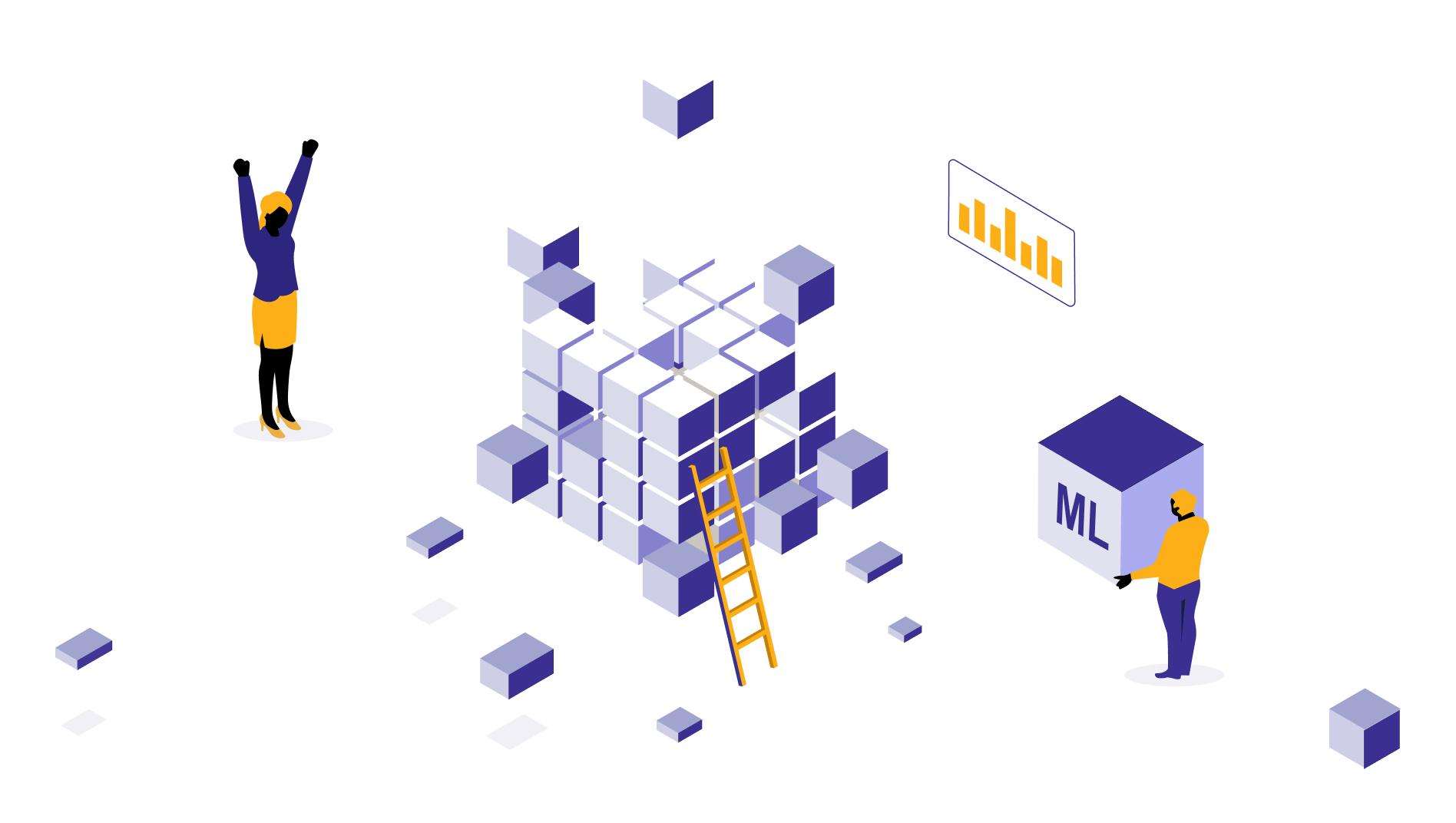How to connect PostgreSQL with ClickHouse?
Learn how to seamlessly integrate PostgreSQL with ClickHouse for enhanced data processing, real-time analytics, and efficient data migration.

Suresh
July 22, 2024 |
5 mins

What is ClickHouse?
ClickHouse is an open-source columnar database management system (DBMS) designed for OLAP (Online Analytical Processing) workloads.
It’s known for two reasons—comparatively fast and can process large amounts of data quickly. Its high speed comes from its columnar data storage format—data is stored in columns rather than rows. Thus, fast queries and faster data compression. With ClickHouse, parallel processing is also possible, leaving space for distributed queries across multiple nodes in a cluster.
It’s used everywhere - from finance to e-commerce to ad tech with a wide range of applications like data warehousing, business intelligence, and data exploration.
What is PostgreSQL?
PostgreSQL is an open-source relational database management system (RDBMS), known for its robustness, scalability, and extensibility.
You get multiple features out of this, from transaction management to support for concurrency, and the ability to create user-defined functions and custom data types. Plus, it can handle complex workloads and work smoothly even with large amounts of data.
Its tablespace feature deserves a mention here with which you can manage physical data storage. It also permits you to perform point-in-time recovery—with which you can restore the database to a specific point in time.
Due to its flexibility and robustness, PostgreSQL is popular among developers and data analysts—securing its place in a wide range of industries, from healthcare to finance to education.
ClickHouse vs PostGRES: Why choose ClickHouse over PostGRES?
The main difference between ClickHouse and PostGRES is the storage; ClickHouse stores data in columnar format, whereas PostGRES stores in the row-based format. This makes ClickHouse more suitable for analytical workloads to store more data and process them quickly as well.
Faster query performance: ClickHouse is known for its fast query performance, especially for analytical workloads. For larger datasets or complex queries, you will find that ClickHouse can provide faster results than PostgreSQL.
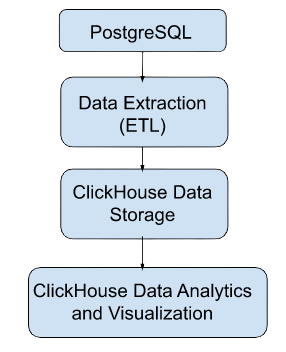
Scalability: ClickHouse is designed to scale horizontally across multiple nodes, which can allow you to handle larger workloads and bigger datasets than you could with PostgreSQL alone.
Due to high performance, horizontal scalability, and columnar storage, ClickHouse is great for time series data. With exclusive aggregate functions for time series data, it lets you perform analysis and summarization at any time. It also exhibits fast query performance for time series functions like averages, sums, or any operation involving time as a function.
MergeTree Engine
The MergeTree storage engine is based on the Log-Structured MergeTree (LSM) data structure, which is optimized for write-heavy workloads. With these, you can perform a high volume of write operations with low latency.
The data storage happens in this MergeTree in a series of forted data files called “parts”.
When new data is inserted into the database, it is first written to a temporary file called a "merge". Periodically, these merge files are combined and sorted into new parts. This process is known as a "merge" and this is what helps you achieve efficient data compression and improved read performance.
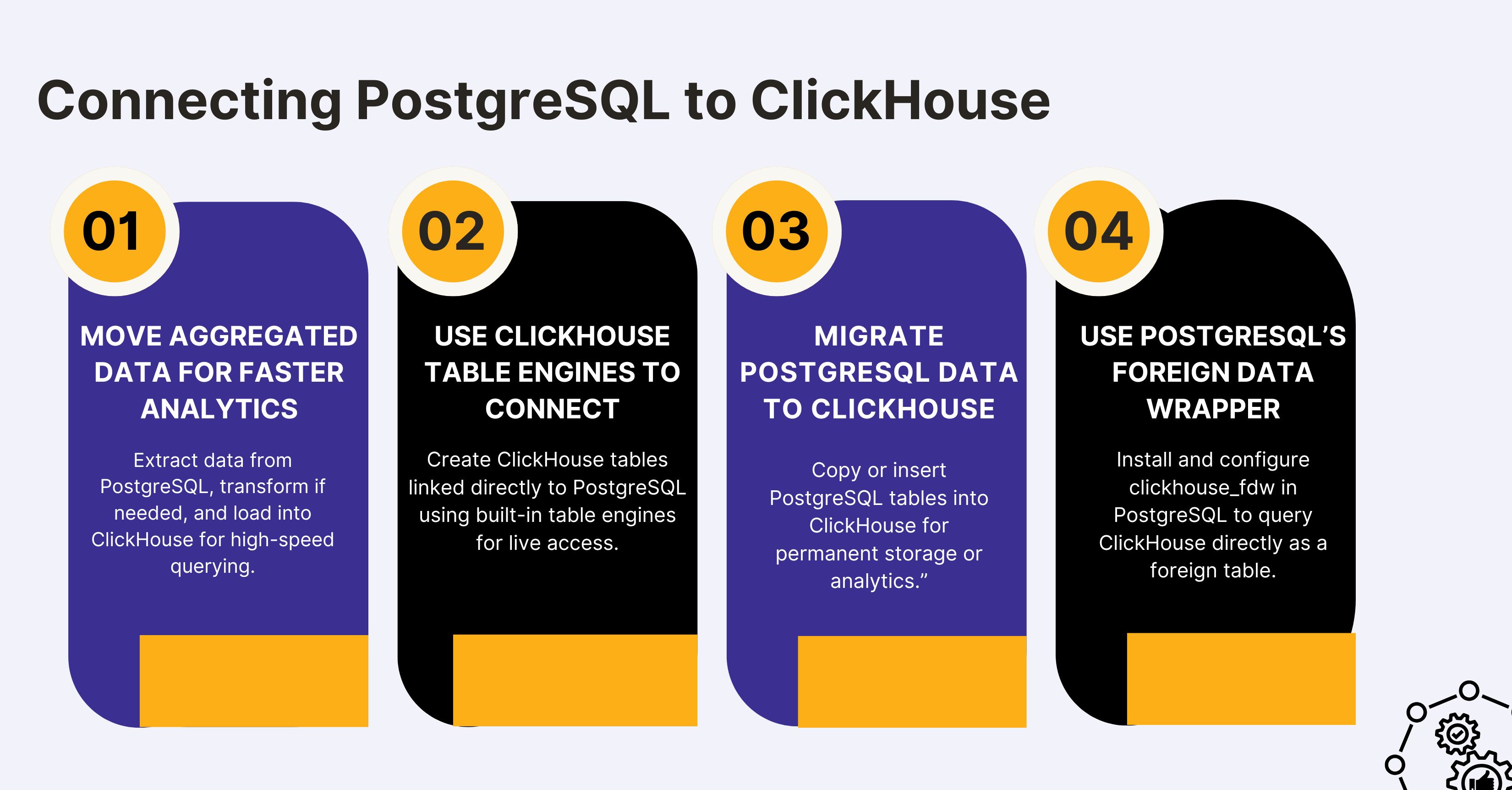
How to move data from PostGRES to ClickHouse? - Step by step instructions
You can use ClickHouse and PostGRES together in four ways.
Connecting aggregated data from PostGRES to ClickHouse through ETL for faster queries.
Using ClickHouse’s table engines to create a table and to connect a PostgreSQL database.
Using PostGRESQL table to migrate and insert into ClickHouse table.
Utilizing foreign data wrappers of PostGRESQL like ‘clickhouse_fdw’ to install, configure, and connect to ClickHouse.
ClickHouse PostgreSQL connection using tables is explained in detailed steps below.
1. Creating the database
Like shown below, create a database in ClickHouse. This will create a table in ClickHouse that uses PostGRESQL as a storage engine.
CREATE DATABASE dbname;
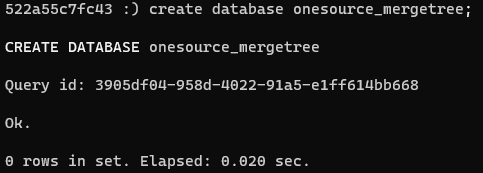
2. Create a table in ClickHouse
Create a MergeTree table in ClickHouse with the same schema as in PostgreS. Use the following syntax to create a table:
CREATE TABLE dbname.tablename ( column1 datatype, Column2 datatype, ..... ) ENGINE = MergeTree ORDER BY (column1,column2…);
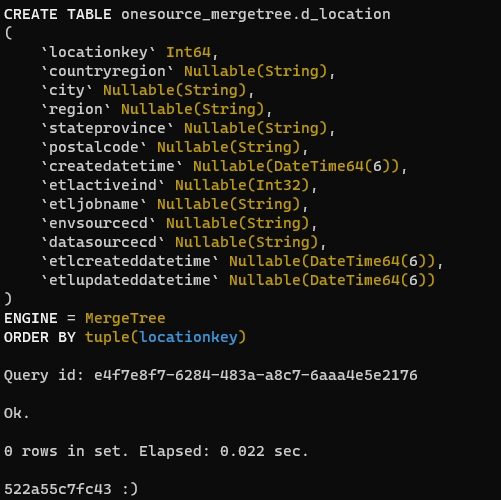
3. Insert the data into the ClickHouse
The MergeTree table is created now. Use the INSERT INTO command and Load the data into it. Refer below for the syntax.
INSERT INTO <db>.<tablename> SELECT * FROM postgresql('<servername:port>', '<database>', '<tablename>', '<userid>', '<Passwd>','<schema>');


4. Create index on the MergeTree engine
ALTER TABLE dbname.tablename add INDEX date_idx(date) TYPE minmax GRANULARITY 1;
You can look for a specific value within the table with the help of indexes. They allow ClickHouse to quickly find the relevant rows based on columns other than the primary sort key. So, your querying becomes more efficient with these data structures.
Since indexes are stored separately and updated asynchronously, faster query performance is possible.
Overall, indexes are an important feature of the MergeTree engine in ClickHouse, as they facilitate efficient querying and analysis of large amounts of data.
Refer to the syntax below to add indexes in the MergeTree tables.

We add this index on the basis of date so we can find relevant rows if any queries depend on it instead of the primary sort key.
Final thoughts
You get the best of both worlds by connecting PostgreSQL with ClickHouse, maximizing data processing capabilities.
By establishing a connection between the two systems, you can take advantage of ClickHouse's high-performance analytics engine and PostgreSQL's robust relational database features. This integration opens up opportunities for efficient data replication, real-time analytics, and seamless data migration.
While the process may involve some configuration and setup steps, the benefits of combining PostgreSQL and ClickHouse are well worth the effort. Ultimately, this integration empowers your organization to optimize its data workflows, gain deeper insights, and make data-driven decisions with greater speed and accuracy. If you are looking for data strategy consulting firms to help you with any migration or architecture setup, book a consulting call right away explaining your needs.

by Suresh
Suresh, the data architect at datakulture, is our senior solution architect and data engineering lead, who brings over 9 years of deep expertise in designing and delivering data warehouse and engineering solutions. He is also a Certified Fabric Analytics Engineer Associate, who plays a major role in making us one of the early adopters of Fabric. He writes in words whatever he delivers with precision to his clients, consistently voicing out trends and recent happenings in the data engineering sector.



